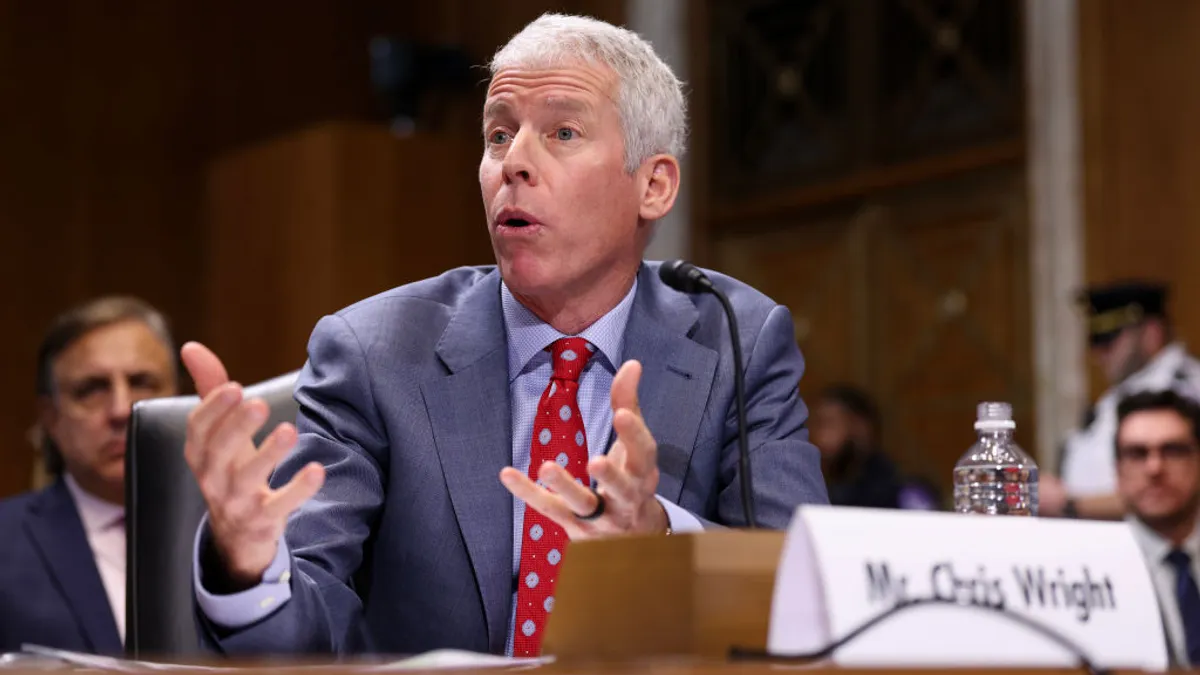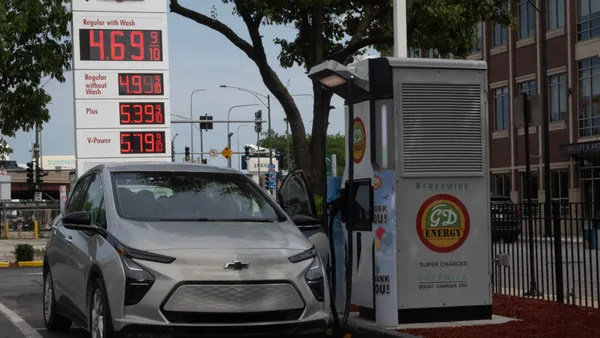Dive Brief:
- Honeywell, in collaboration with Whisker Labs, intends to offer its utility customers new "intelligent home energy management software" to help them maintain electrical grid stability, lower homeowner costs and increase efficiency.
- The company's Connected Savings demand management platform will be integrated into utility service offerings, allowing power providers to manage demand response programs.
- Utilities are increasingly looking for ways to leverage large amounts of customer data, and Honeywell said its platform enables a utility to correlate energy usage data from connected thermostats and Whisker Labs' weather data to model how a specific home will consumer energy in different weather conditions.
Dive Insight:
Honeywell announced it intends to roll out its Connected Savings platform to utility customers, allowing them to manage their demand response programs and correlate energy usage data from connected thermostats and Whisker Labs' proprietary weather data.
The product demonstrates the continued integration of large amounts of customer data into utility demand management. Honeywell said the software works with most internet-connected thermostat brands and models, and will work with its new T5 Wi-Fi thermostat by this summer.
Company officials say relatively modest tweaks to a wide swath of customers' usage can have big impact.
"Even small, incremental changes in energy use can yield significant results – from improving grid stability to trimming how much customers spend on their utility bills," Nitin Kulkarni, president of smart energy for Honeywell Home and Building Technologies, said in a statement.
Other features of the platform include thermodynamic modeling and scorecards for homeowners, that include actionable insights into their energy use.
Honeywell's program will allow for the continued growth of Bring Your Own Thermostat programs. Last year, Navigant estimated there were roughly 50,000 customers in BYOT demand response programs around the United States. But looking ahead, the firm believes up to 20 million customers could be involved in these programs, representing a $3 billion market.















